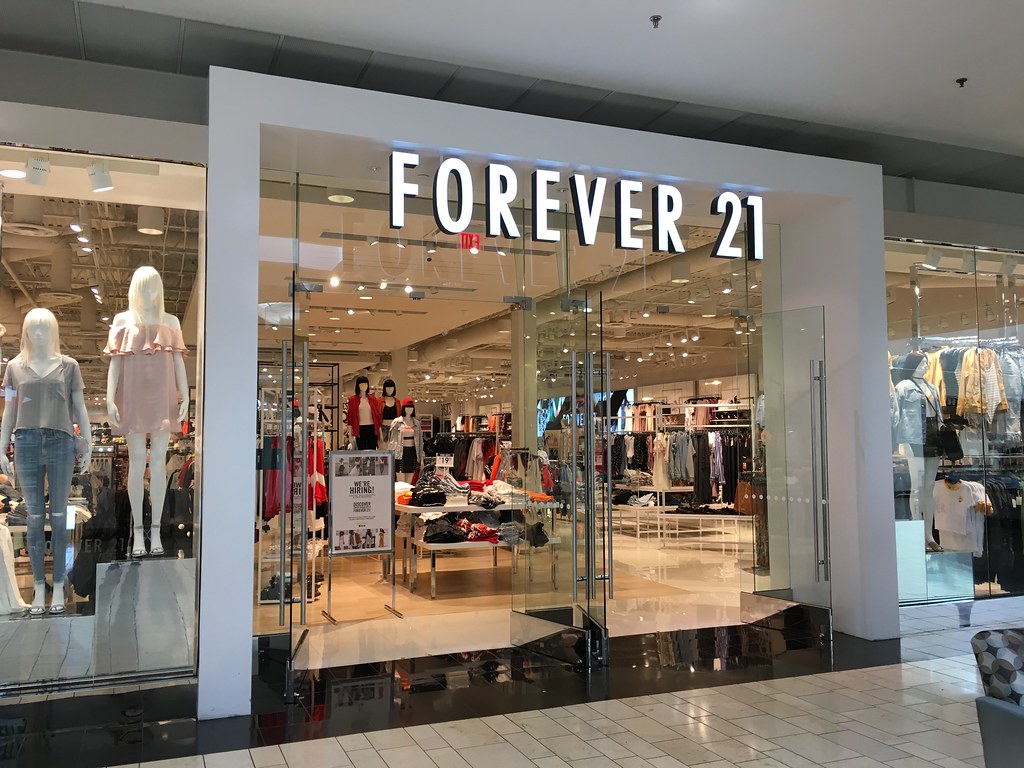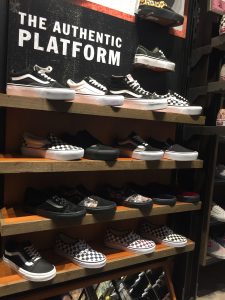Lundblad, Louise, and Iain A. Davies. “The values and motivations behind sustainable fashion consumption.” Journal Of Consumer Behaviour 15, no. 2 (March 2016): 149-162. Psychology and Behavioral Sciences Collection, EBSCOhost (accessed October 12, 2017).
This source explores the values and motivations behind sustainable fashion consumption through the use of research, specifically interviews. Thirty-nine in depth interviews were conducted with a sample of frequent sustainable clothing consumers to asses the main reasons that people are attracted to this type of fashion and the many guided words such as organic, green, fair trade, slow, and eco. The research showed 6 patterns of reasoning behind the consumption: less buying, the self, health, the environment, accomplishments, and social justice. The explanations behind these terms seemed to overlap as they get into people wanting to feel “good” about their purchase, whether it be because it saves them money in the long run because of the higher quality, they like how it looks and feels on them, their responsibility to the planet, or because it wasn’t produced in a sweatshop. All of these reasons relate to one another, but the article does go into detail about the future of sustainable clothing, as it typically is more expensive and consumers don’t always care about how they affect the environment, or other people.
This is a significant source for my project because while my project is solely about fashion in general, it is important to note that there is another industry inside of the broad fashion industry, and that is sustainable clothing brands. I found this article to be extremely interesting for many reasons, but one being that the quotes taken from the interviews could be incorporated nicely into my website. For example, one of the participants said, “I feel so much better about myself and my purchase. I mean I feel it on a conscious level. Then when you wear your clothes you wear it with a sense of pride. Like I’ve done something good.” I think this speaks to not only just sustainable clothing, but being an environmentalist in general. While it may sound kind of bad, it doesn’t really matter in the end if it helps the environment.
Rosen, Marc. “The Luxury Evolution.” Global Cosmetic Industry 171, no. 10 (October 2003): 26. Vocational and Career Collection, EBSCOhost(accessed October 12, 2017)
This source explores how luxury through fashion transforms from generation to generation, as styles go in and out of popularity. This article specifically talks about the cosmetics industry, which relates to the fashion industry as certain shades of lipsticks are seasonal and so on. It brings up a very valid point in that in the past, luxury was embodied in the product or experience itself but now the consumption of luxury is different, the impetus to purchase is fueled by emotions. Even when people have luxuries, they look for more luxuries and more meaning in their luxuries which is where new marketing horizons appear.
This is a significant source for my project because although it is just a short article, it is very concise and brings up a lot of historical changes that luxury has evolved through. While I have said before that it specifically talks about cosmetics, it’s important to note that this article explains how the general consumption philosophy has transformed over time. It is important to note that the changes from the 1980’s on have influenced preceding generations greatly. There was once a “less is more” philosophy but this has transformed into still desiring luxuries, but finding more meaning in them, even though they are just commodities. By this, we can see that this response to buying actually has put too much meaning into products which gives marketers an opportunity to create an actual ‘need’ for specific products.
Pole, Christopher. 2007. “Researching Children and Fashion: An Embodied Ethnography.” Childhood: A Global Journal Of Child Research 14, no. 1: 67-84. ERIC, EBSCOhost (accessed October 12, 2017).
This article explores the research of studying children as consumers of clothing and fashion. It goes into detail of how children display their body through clothing as some favor some clothes in comparison to others. It also goes into detail of how a parent might feel the need to dress their child a certain way for the child’s social inclusion or to show their material success. This article also argues the current climate of concern about child abuse and paedophilia may be at odds with research approaches that necessitate an intimacy between the child and the researcher as well as the embodied ethical and moral issues of the research, which might skew results. For example, an eight year old girl was interviewed by a middle aged man and the topic of fashion can be a bit personal but also the researcher is a huge part of ethnography.
This journal is of significance to my project because it really goes into detail about the problems that surround fashion and clothing in young children, which as we know is the prime age for consumption as well as the future of consumption in their life. It also is an ethnography of fashion, which is exactly what this project is supposed to entail. While a large part of this article was directed at the researcher-interviewer relationship, it brings up many important points of how clothing is supposed to serve as a function to cover the body but yet exemplifies so much more than that such as social status.
COHEN, DEBORAH. 2014. “THE WAY WE LOOK NOW.” Atlantic 313, no. 4: 100. MasterFILE Premier, EBSCOhost (accessed October 12, 2017).
This article explores the history and evolution of clothing style in the U.S. starting with the Great Depression. The author describes how the way we dress now took recognizable shape during the 1930s, such as men wearing jackets with shoulder pads and women wearing sportswear made for movement and ease. It makes the conclusion that this time shaped the by-now-familiar paradox: American’s clothes became more similar even as their bodies diverged along class lines. There is also a discussion about the widely recognized flapper dress as new methods of creating clothes emerged and how Hollywood played a role in the evolution of popular styles like that one.
This article is of significance to my project because it really describes how certain styles of fashion throughout history have a certain meaning, which is especially noteworthy to my commodity because I while I am aware of how styles these days have some sort of meaning, I wasn’t alive for many of the other styles or how they played in a role in today’s fashion. One important aspect of this article was how a certain way of dressing, such as sportswear, can be seen as “democratic and unifying, pragmatic and versatile,” which gives even more evidence that fashion has a great presence in our society.
Lin, Yu‐Tse, and Kang‐Ning Xia. 2012. “Cognitive age and fashion consumption.” International Journal Of Consumer Studies 36, no. 1: 97-105. PsycINFO, EBSCOhost (accessed October 12, 2017).
This article uses a two-step structural equation modelling to explore whether cognitive age acts as as mediator between fashion attitudes and fashion behaviors. The author goes into detail upon the fact that personal possession of fashionable clothes or accessories could be considered to be an extension of the self, therefore having a huge presence on their general personality. The study focuses on three behavior variables that are related to fashion consumption: fashion information seeking behavior, the purchase of fashion products and new fashion product adoption, which denotes the willingness of consumers to adopt new fashion products. The research addresses many hypotheses related to this topic, associated with age and taste. The results showed that age plays a mediatory role in our model; for example, if people pursue high fashion interest, they think of themselves as being younger than their chronological age, while people with a conservative style have relatively older cognitive age.
This research is of significance to my project because it relays the information that age has a huge impact on what type of fashion one participants in. As said before, the more one is intrigued by fashion, the younger they associate with and vice versa. This study really confirms the fact that personality and self-worth drive consumption behaviors, which gives businesses to market their clothing lines appropriately. For example, they can take advantage of the deeper insights of why their customers are consuming and design more effective marketing campaigns, which gives more evidence to how this commodity of fashion is relevant in our society.



